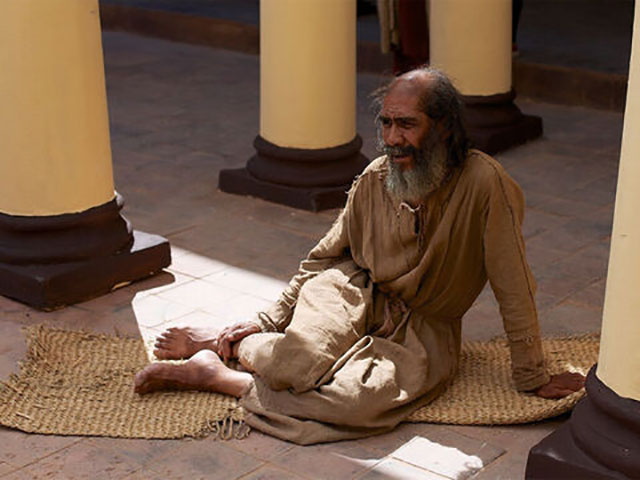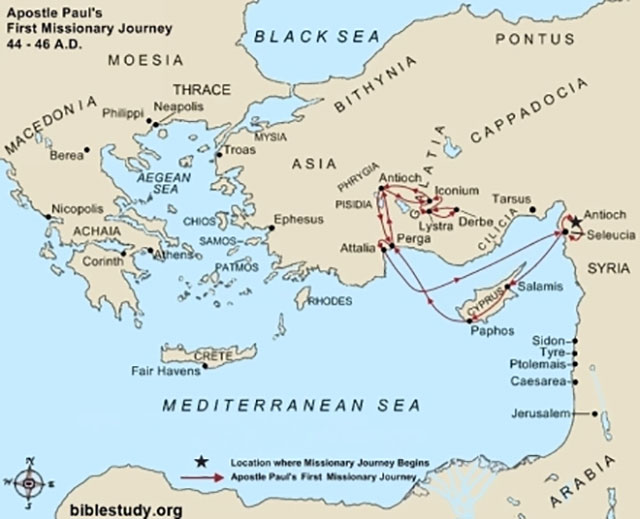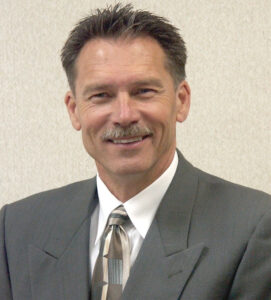
Hello, my “Walking with Jesus” friends around the world,
I wonder how much myths and superstitions and even folklore affect daily life in the city where you live? Does that seem like a strange question in our modern world of 2022? Today, let’s join a remarkable experience in which the practical reality of daily life in the city of Lystra is dramatically impacted by what people believed about the myths and folklore of the ancient past of their city.
We’ve been traveling with Paul and Barnabas, about the year 46AD, as they are taking the story of Jesus to the region of the Roman empire today known as Central Turkey. At that time the name ‘Jesus the Christ’ was virtually unknown there and the story of Jesus’ life, death and resurrection is totally new to most people as Paul proclaims it in the towns they visit. The response of the people is varied, of course, depending on their religious backgrounds and the level of belief they have in the myths, superstitions and folklore of their city. In the past few days, we’ve looked closely at how people responded to the story of Jesus as Paul proclaimed it in Pisidian Antioch, then Iconium, and now today in the town of Lystra. As far as we know neither Paul nor Barnabas had ever been to this town, nor did they know anyone here. So, come on, let’s join the story found in Acts 14:8…
“In Lystra there sat a man who was lame. He had been that way from birth and had never walked. He listened to Paul as he was speaking. [the story and message of Jesus] Paul looked directly at the crippled man, saw that he had the faith to be healed and called out to him, ‘Stand up on your feet!’ At that the man jumped up and began to walk.” [for the first time in his life] (Acts 14:8-10)
You’ll remember the author of the Bible book of Acts is Dr. Luke, a physician, and therefore I assume Luke heard this story of a miraculous healing, from Paul himself. I wonder what response you imagine Dr. Luke had to such a preposterous story?! I presume Barnabas was standing right beside Paul when this happened, and I wonder if suddenly into both their minds came a previous and very similar miracle which had occurred in Jerusalem when Peter and John met a crippled beggar sitting outside the gate called Beautiful near the Jewish Temple? Remember? We looked at that even a few days ago and it’s recorded for us in Acts 3. The similarities in these two miracles are amazing to me!

* Both men were lame, crippled since birth and neither had ever walked.
* Neither crippled man had requested their miracle of healing.
* Neither crippled man had ever met the apostle of Jesus who invited them to miraculously stand! Both were totally unexpected, unanticipated, unrequested miracles of healing! And as far as we know in both cases the momentary transformation from cripple to healed was permanent!
* Both Peter and Paul apparently felt a very strong leading of the Holy Spirit to courageously, boldly and with great faith, invite a man they did not know, but could see was crippled, to stand and walk for the first time in his life!!
* Both crippled men, when invited to stand, did not question, doubt, argue or give any excuse. On the contrary, they stood, immediately, even though they’d never stood up on their feet before!
That act of standing and then walking for the first time was a great act of FAITH that somehow God would strengthen and heal their legs and feet even if they didn’t know Peter or Paul and didn’t yet fully understand the Gospel of Jesus!
Now in the case of the Jerusalem cripple the record tells us he moved from standing to walking to jumping around Peter and praising God within minutes. Luke doesn’t give us that much detail in Acts 14 about the suddenly healed cripple with Paul. We have only this brief statement: “the man jumped up and began to walk.” (Acts 14:10) In both cases the response of the people who witnessed these two miracles was very similar. They could not deny what they were seeing… a cripple they knew well was standing, walking, jumping around, for the first time in his life… as a result of what??? NOT of a medical or surgical intervention, not in response to some weird occult incantation, nor were the people hallucinating! This was real, tangible, practical, undeniable… a total healing miracle happening right in front of their eyes!
Both these cripples experienced a total healing miracle in their FAITH response to simple, yet bold words spoken by Peter and Paul, who both were followers and apostles of Jesus Christ! What was this miraculous power? How did they get it? What led them to decide to use it at that moment in that particular situation? When, where and how would they use that power again? What, if any, were the limitations to this great power? Can you imagine all the questions the people had in both situations?
In Acts 3 we have a lengthy description of how the crowd praised Peter and John for their healing of the cripple and how Peter and John refuted their accolades declaring over and over that it was this crippled man’s FAITH, in the name and person of Jesus, that caused his healing. (Acts 3:16) Eventually, you may recall, Peter and John were dragged before the Sanhedrin, the Jewish leaders, to give explanation for this miracle. (Acts 4)
I think it is safe to assume Saul the Pharisee was part of that experience as he was determined at that time to stop this Jesus movement even if miraculous powers were undeniable and unexplainable. Now, about 10 years later, that Saul the Pharisee, is this Paul the apostle, who has just done almost exactly what Peter had done, and a HEALED crippled man is jumping and shouting in Lystra, Galatia, 700 miles away from Jerusalem! Can you imagine the celebration in heaven my friends, as Jesus watched this remarkable event in Lystra!?

But let’s look at one big difference between the two cripple healing miracles found in Acts 3 & Acts 14. In Acts 3 the primary opponents are Jewish leaders in Jerusalem. In Acts 14 there are evidently very few Jews in Lystra, for there is no mention of a Synagogue in that town. Instead Lystra, like many parts of our world today, was a town filled with religious superstitions and myths and folklore of the past. Greek mythology was prevalent there, and mythological figures like Zeus, Hermes were worshipped, and idols of their images were prevalent all around the region. The Romans worshiped those same two figures by the names Jupiter and Mercury. In fact, a myth was believed by the people of Lystra that Zeus and Hermes had visited their city in the ancient past and had come disguised as human beings. The myth claimed the only two people of the town who received the visitors with hospitality was an old couple.
In retaliation, the myth continued, Zeus and Hermes had killed all the people of Lystra except that old couple. Over the years, as the town repopulated and that myth was told over and over, the people determined if Zeus and Hermes would ever again visit Lystra, the reception for them would be a celebration!
Now, I don’t know if Paul and Barnabas knew that myth or not, but we can easily imagine what the people thought and how they reacted as they watched the cripple now healed, jumping and dancing and walking around for the first time in his life. Luke records it this way: “When the crowds saw what Paul had done, they shouted in the Lyconian language, ‘the gods have come down to us in human form!’ Barnabas they called Zeus and Paul they called Hermes because he was the chief speaker. The priest of Zeus, whose temple was just outside the city of Lystra, brought bulls and wreaths to the city gates because he and the crowd wanted to offer sacrifices to Paul and Barnabas!” (Acts 14:11-13)
Now let’s just stand and watch this outrageous scene for a while. It shouldn’t be hard for us to imagine, should it? We’ve all seen crowds at sporting events or concerts or political rallies almost going out of control with exuberance and celebration, right? We also know the power of stories passed down from generation to generation and in such moments of exultation it really doesn’t matter how true or false those mystical stories are, all that matters is the celebration! So, watch out… don’t get run over by the out-of-control crowd in Lystra! Let’s pause right here and reflect on our cities and the response to the unexplainable that you have seen, and we’ll come right back here and rejoin this scene tomorrow. And let me just ask… what if God was to do an unexplainable miracle in your town?
Bible images provided with attribution to www.LumoProject.com.
Have a comment or question about today’s chapter? I’m ready to hear from you, contact me here.

Pastor Doug Anderson 262.441.8785
“Let us run with perseverance the race marked out for us, with our eyes fixed on Jesus…” (Heb. 12:1,2)
Archived back issues of “Walking with Jesus” and other resources are available by clicking here to open our ‘home page’ (or go to HOME at upper right of this page).
Share with friends. Subscribe below for daily “Walking with Jesus”.
Facebook
Twitter
LinkedIn
Pinterest
Email
WhatsApp


